What Is The Difference Between Dystonia And Parkinson's Disease
What is the difference between dystonia and parkinson's disease. It is more common in people who are diagnosed with Parkinsons at a younger age. Curled clenched toes or a painful cramped foot are telltale signs of dystonia. Parkinsons disease is a chronic neurodegenerative disease.
Its symptoms include non-motor symptoms such as autonomic dysfunction sleep disorders and cognitive disorders and core motor symptoms namely tremors bradykinesiaslow movements rigidity and. Some common symptoms of dystonia include. Dystonia and Parkinsons disease are closely linked disorders sharing many pathophysiological overlaps.
It can affect many parts of the body including the face jaw neck eyelids blepharospasm vocal cords hands arms legs and feet. The movement symptoms of Parkinsons disease slowness of movement rigidity tremor loss of balance may be called parkinsonism. You may experience it separately to Parkinsons or your dystonia may be connected to your Parkinsons.
Parkinsonism is one aspect of Parkinsons disease. The tremor or involuntary shaking in PD can be seen in the hands arms legs jaw or face. Symptoms of dystonia and parkinsonism can occur in the same patient because both of these movement disorders seem to arise from involvement of the basal ganglia in the brain.
Typically it starts on one side of the body and it is visible when the affected body part is at rest or not in motion. Dystonia can be seen in 30 or more of the patients suffering with PD and sometimes can precede the overt parkinsonism. Symptoms range from minor tics to full-body movements.
Parkinsons and dystonia are neurological disorders that adversely affect ones ability to control his or her movements. The main difference between Dystonia and Tardive Dyskinesia is that Dystonia is a state of abnormal muscle tone resulting in muscular spasm and abnormal posture whereas Tardive Dyskinesia is a neurological disorder characterized by involuntary movements of the face and jaw. Dystonia in Parkinsons Disease Dystonia is a continuous or repetitive muscle twisting spasm or cramp that can happen at different times of day.
Within Parkinsons dystonia can be the presenting sign an associated symptom of the disease or temporally correlated with levodopa administration. However the main difference between dyskinesia and dystonia is that dystonia can be a symptom of Parkinsons disease itself.
Parkinsons disease is a chronic neurodegenerative disease.
Body parts flexing or twisting abnormally. The main difference between Dystonia and Tardive Dyskinesia is that Dystonia is a state of abnormal muscle tone resulting in muscular spasm and abnormal posture whereas Tardive Dyskinesia is a neurological disorder characterized by involuntary movements of the face and jaw. It can affect many parts of the body including the face jaw neck eyelids blepharospasm vocal cords hands arms legs and feet. The tremor or involuntary shaking in PD can be seen in the hands arms legs jaw or face. Curled clenched toes or a painful cramped foot are telltale signs of dystonia. Presenting together there is no known established cause for the development of Parkinsons and dystonia. Dystonia is a sustained or repetitive muscle twisting spasm or cramp that can occur at different times of day and in different stages of Parkinsons disease PD. Dystonia in Parkinsons Disease Dystonia is a continuous or repetitive muscle twisting spasm or cramp that can happen at different times of day. Parkinsonism is one aspect of Parkinsons disease.
This article explains 1. The latter is the most typical demonstration of dystonia in Parkinsons disease. Some common symptoms of dystonia include. Though both involve similar abnormal movements of the arms legs neck and face dystonia is characterized by more sustained muscle contractions and pain. However the main difference between dyskinesia and dystonia is that dystonia can be a symptom of Parkinsons disease itself. Dyskinesia literally means abnormal movement. Body parts flexing or twisting abnormally.
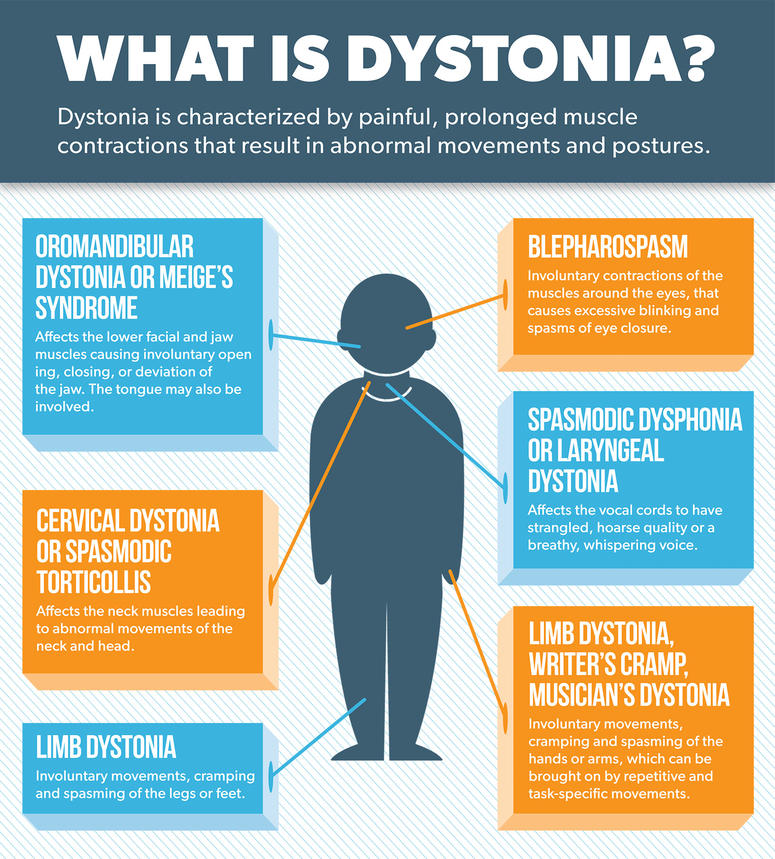
:max_bytes(150000):strip_icc()/dystonia-vs-dyskinesia-2612238-d21c4730a3494c9490b76e699bdcfbad.gif)

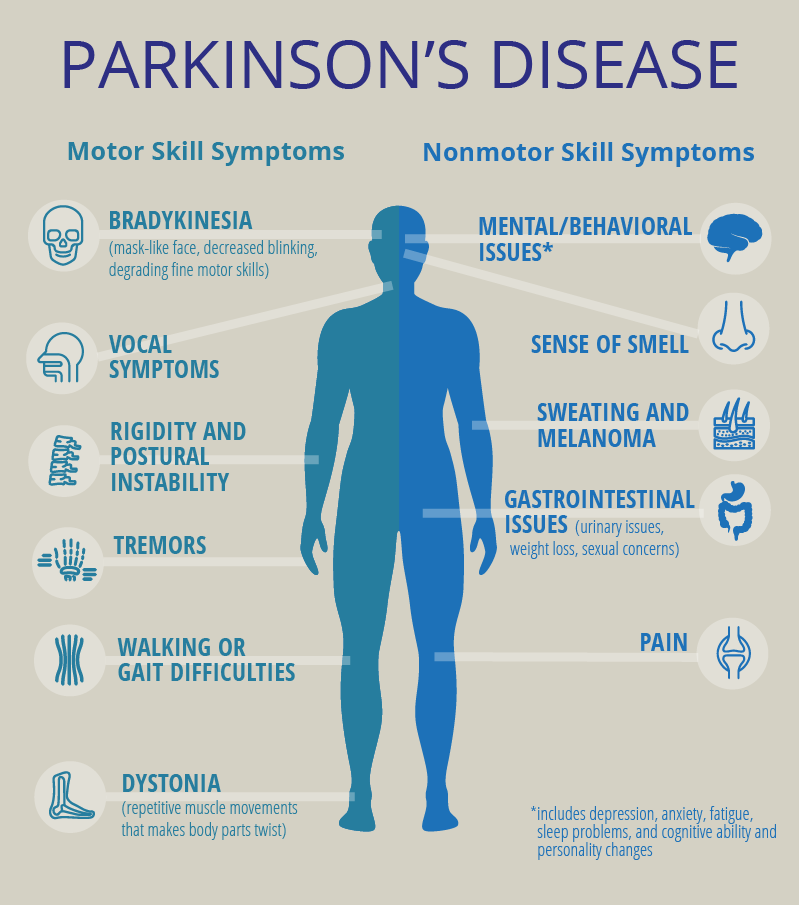




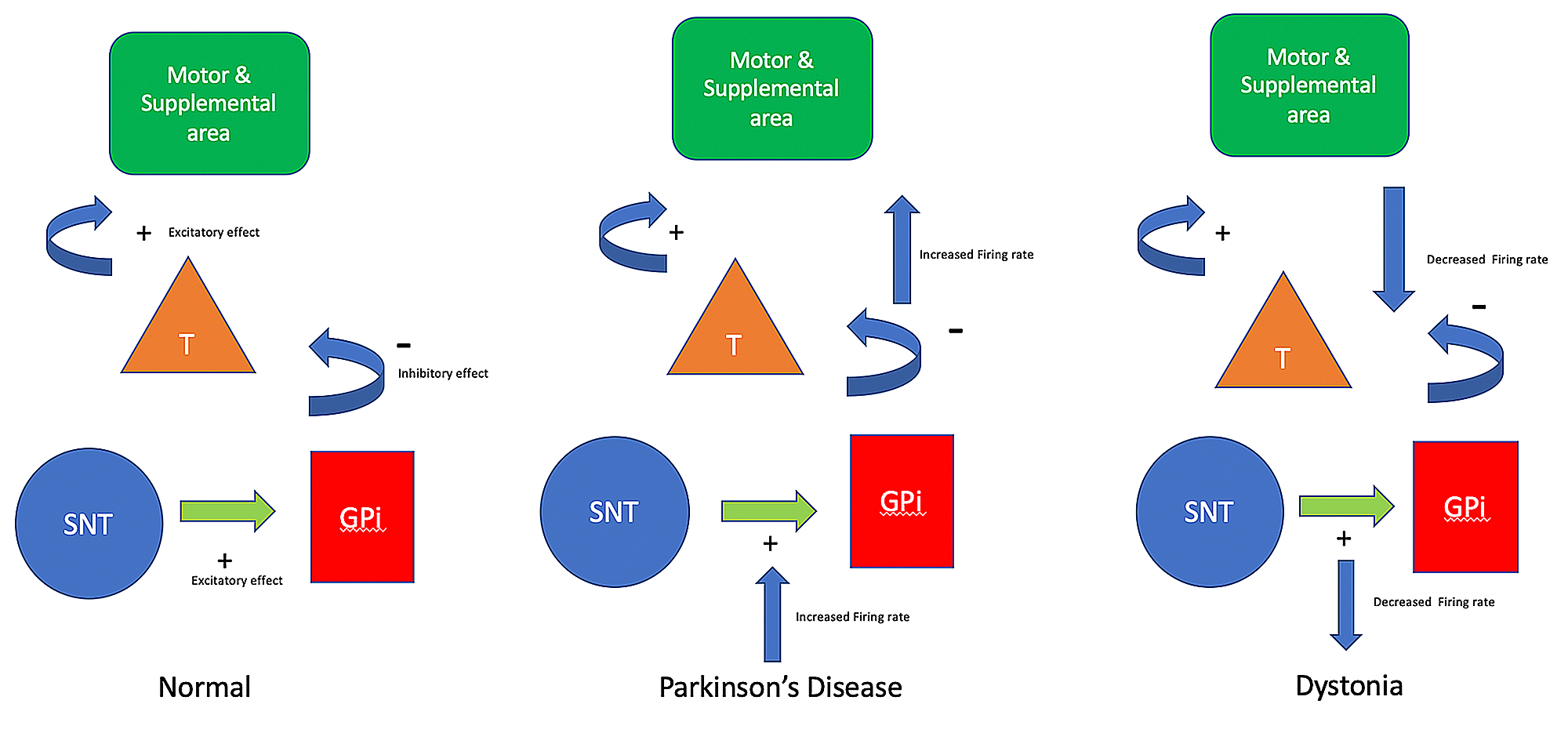










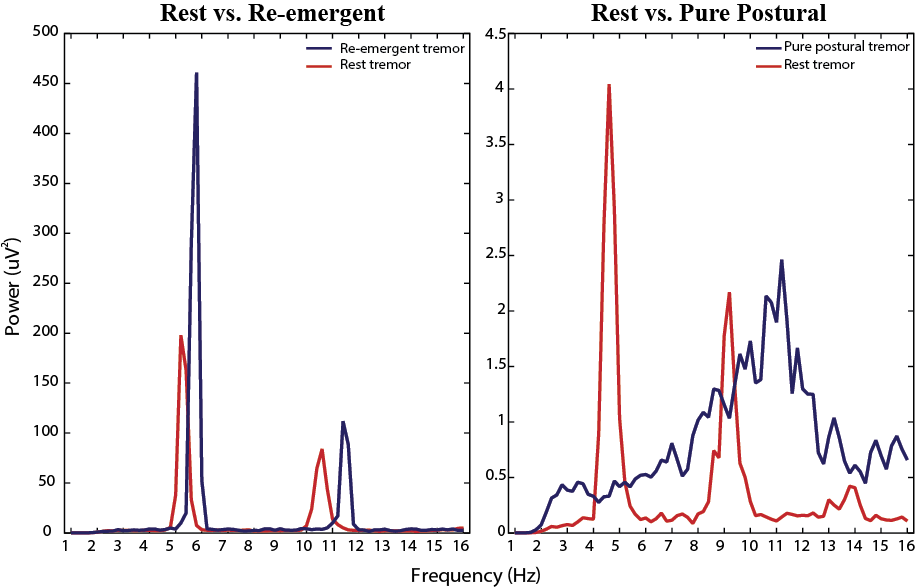

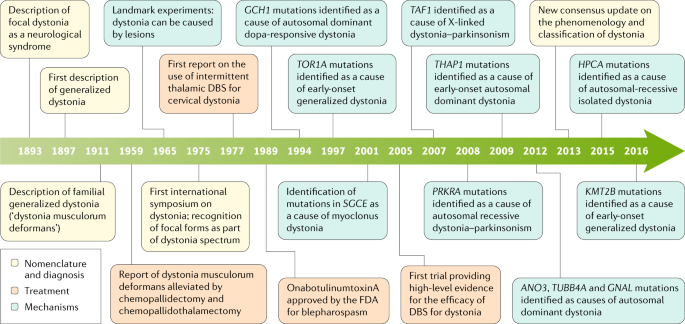
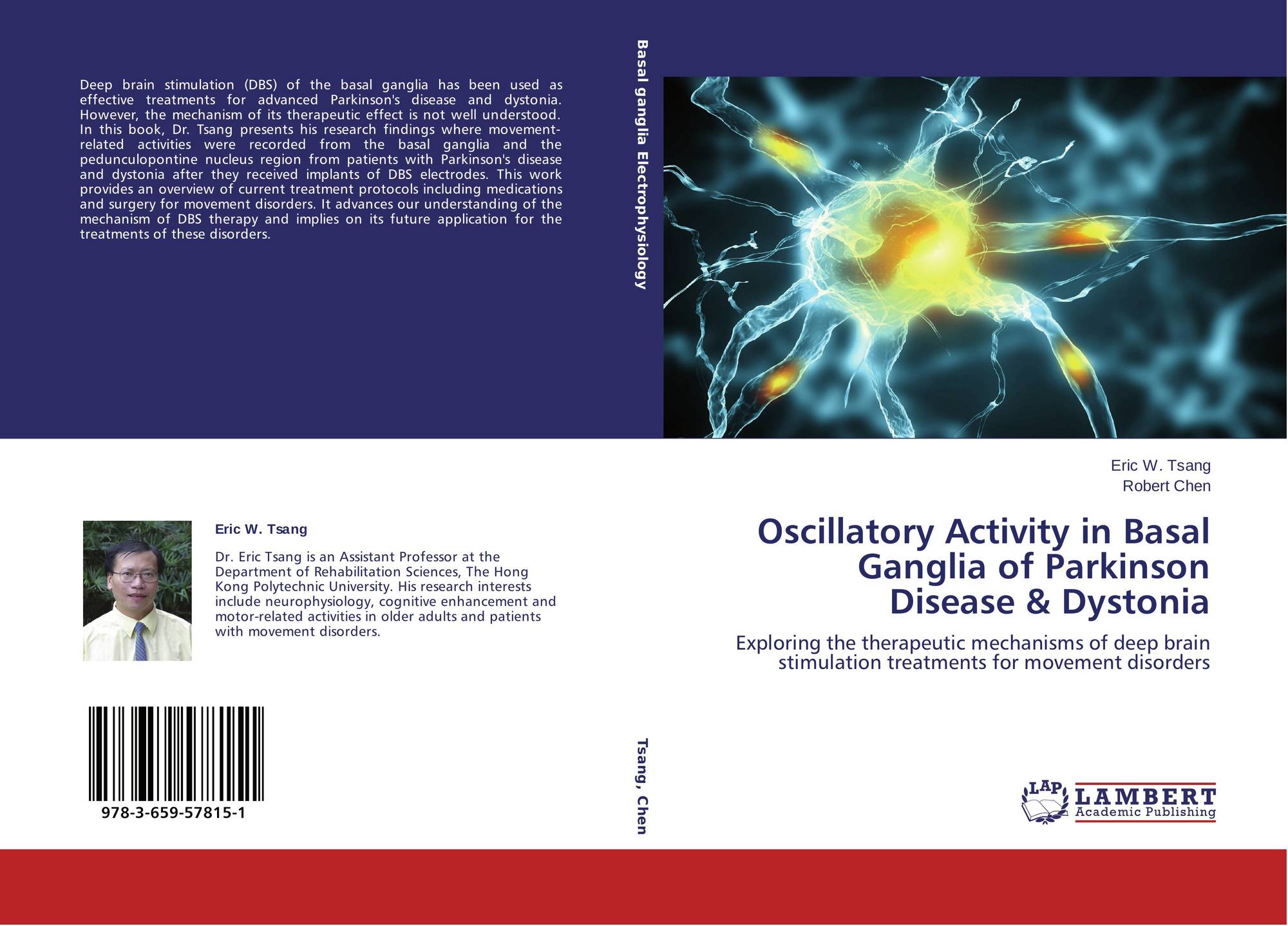
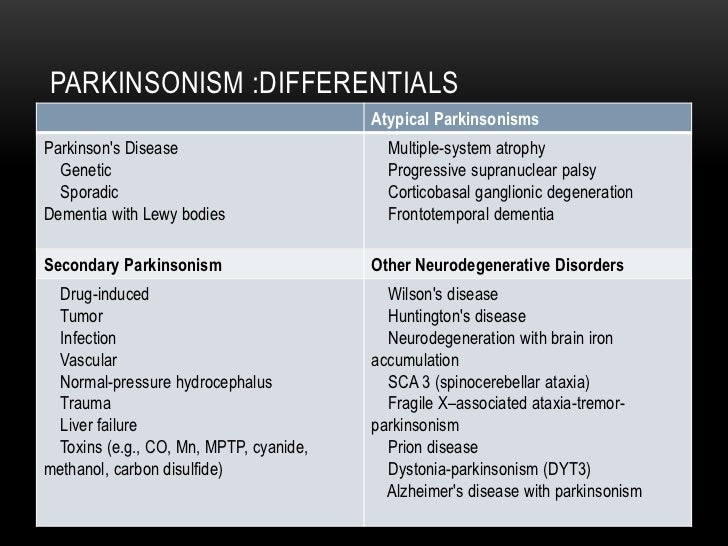

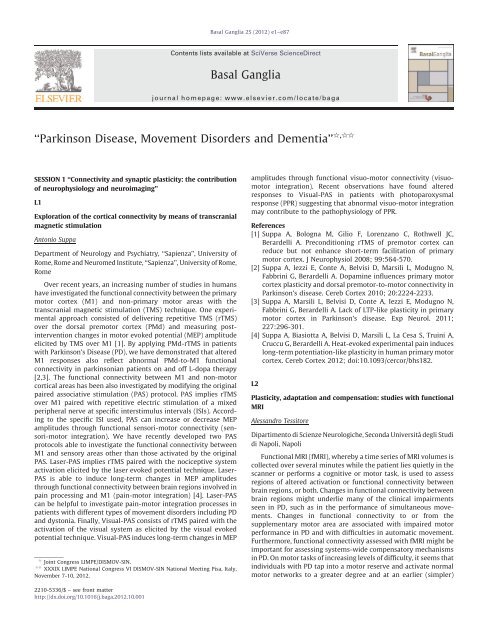
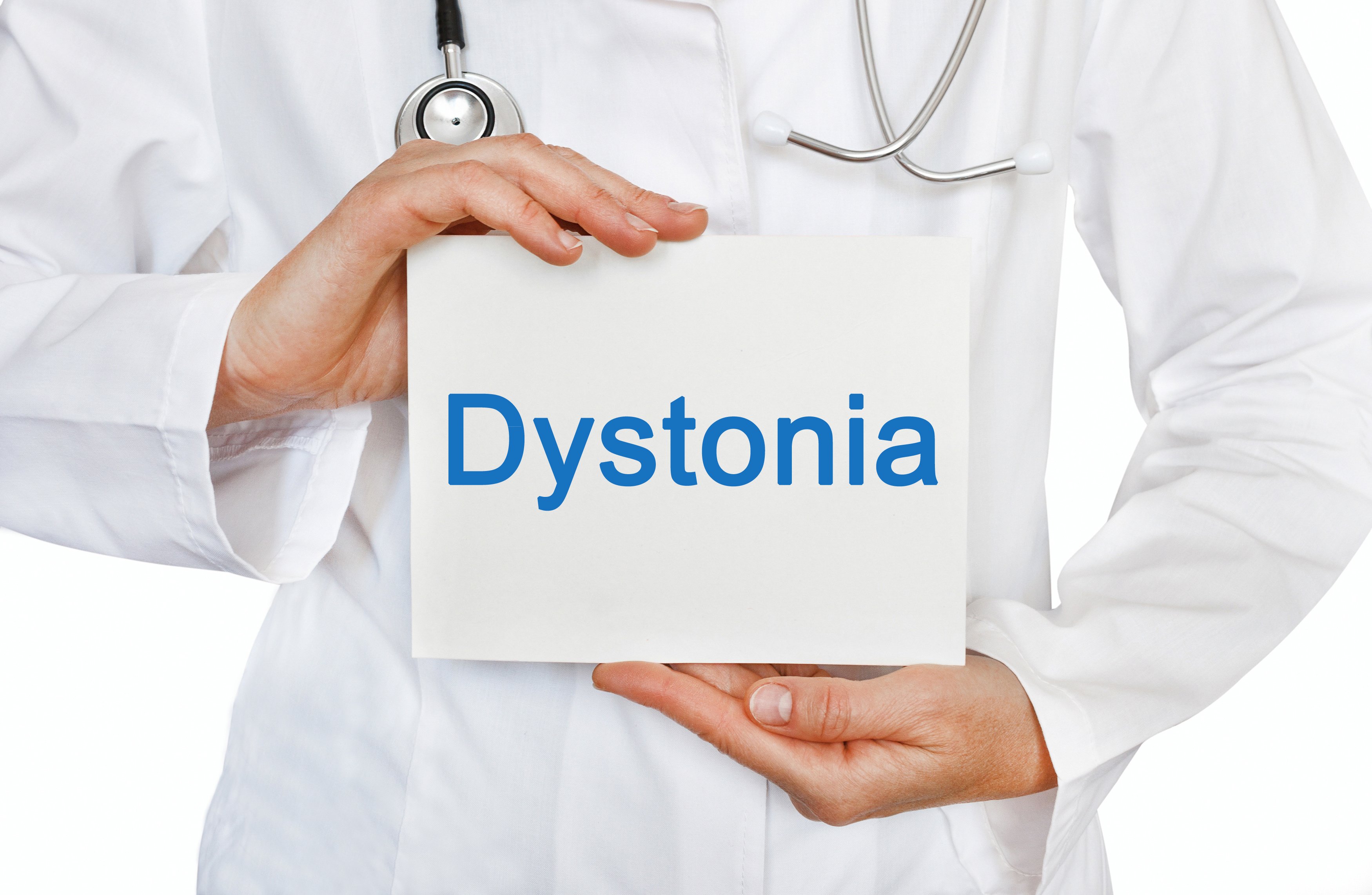

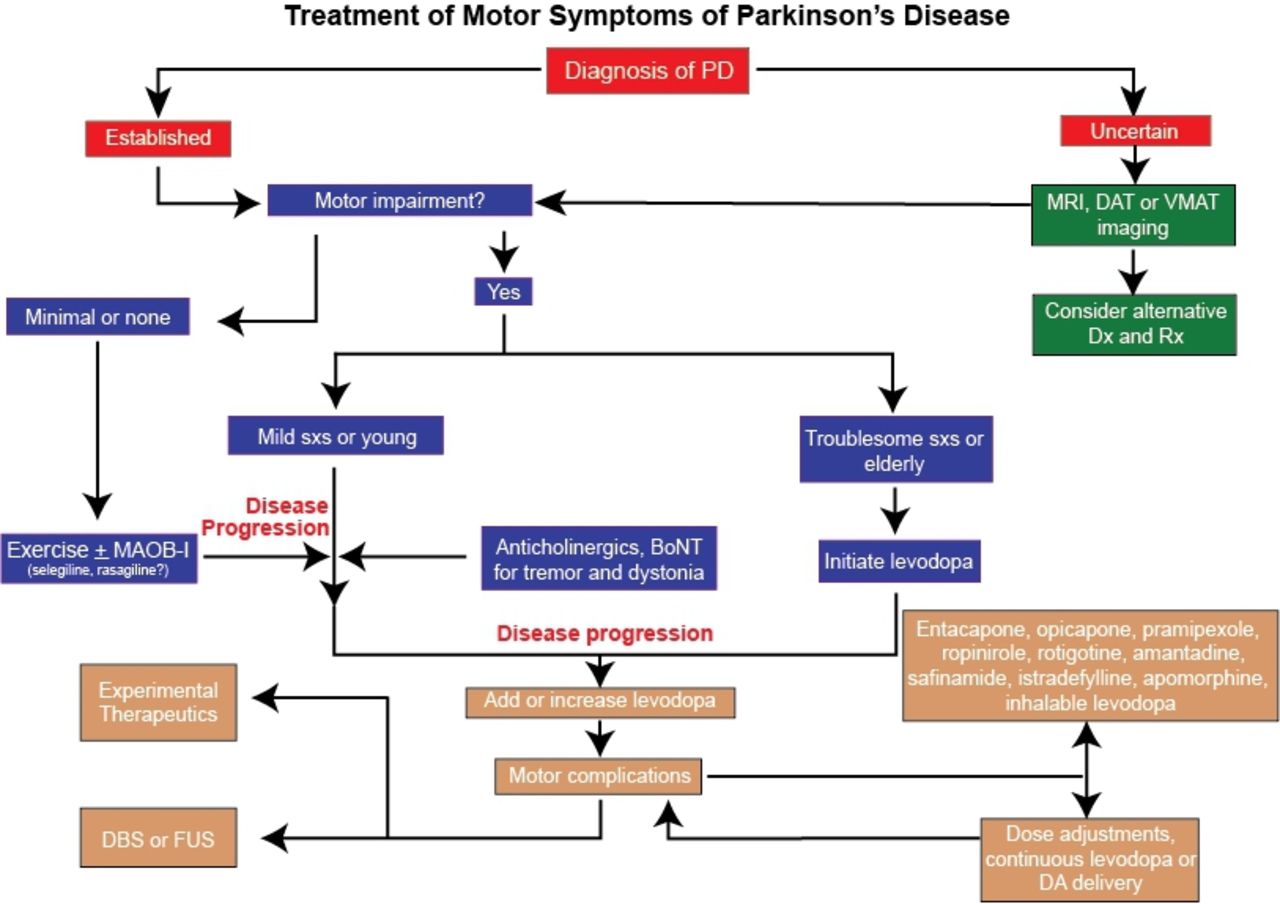




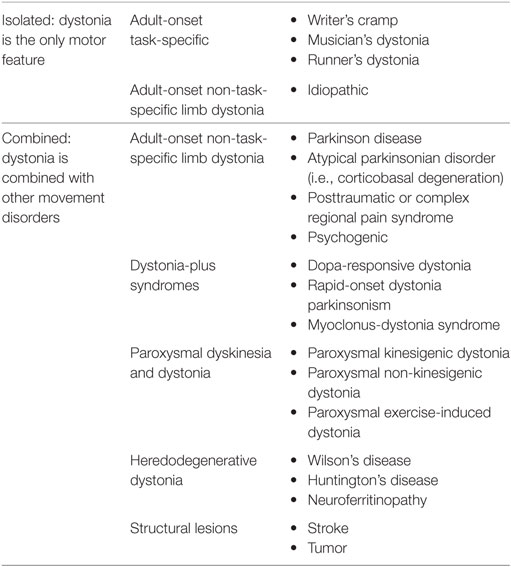

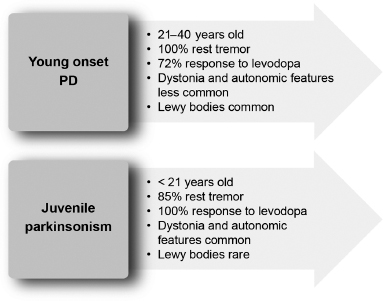

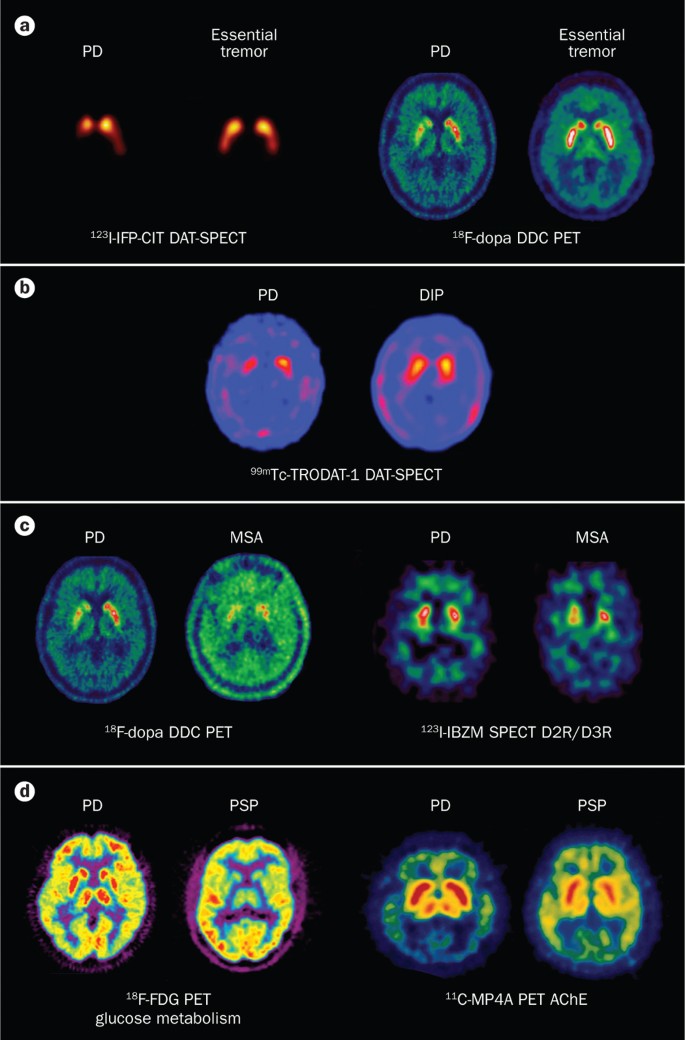
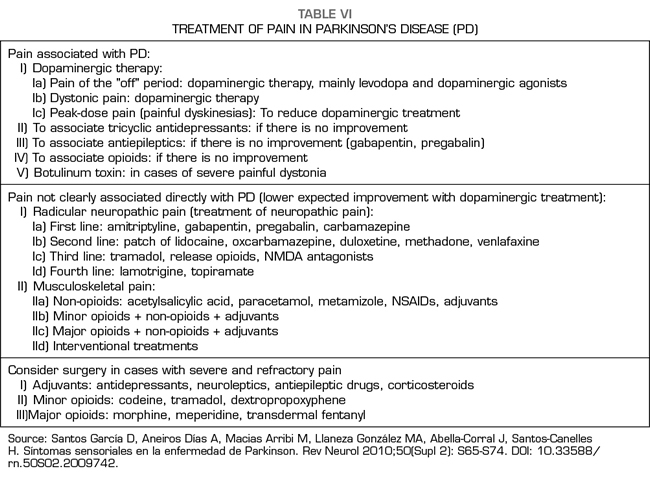
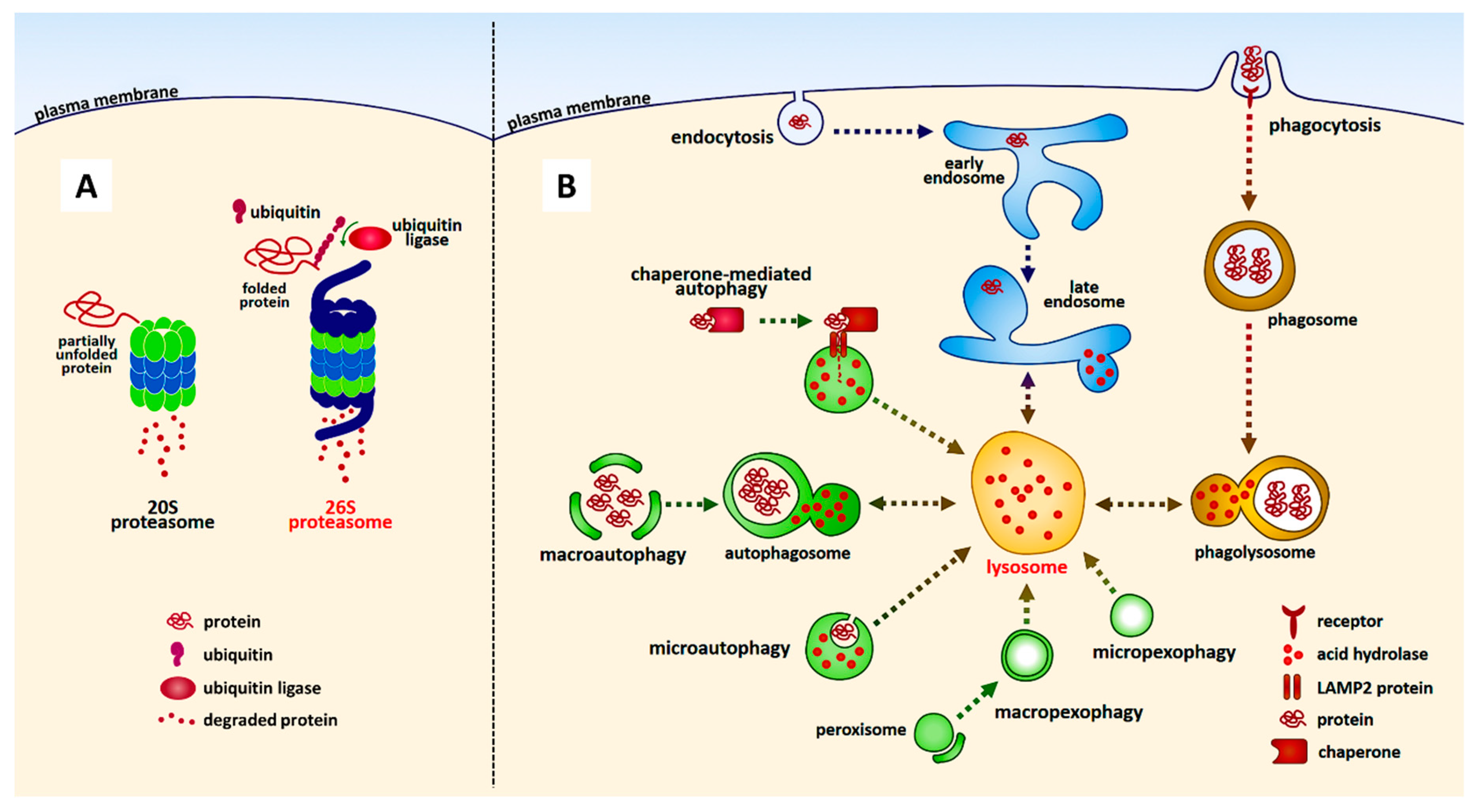




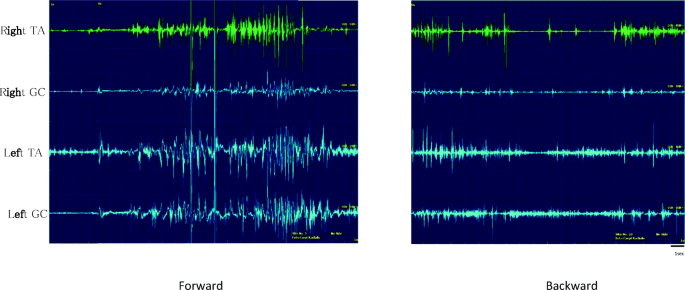

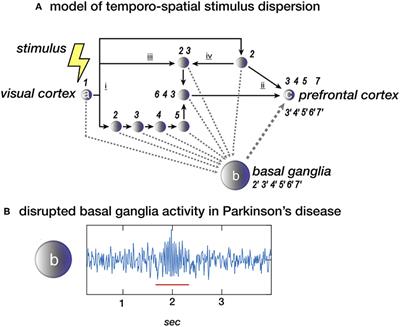

Post a Comment for "What Is The Difference Between Dystonia And Parkinson's Disease"